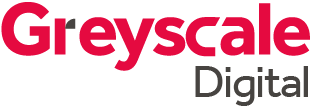
How to rank high on Google?
Having an online presence with a website can only guarantee that you have an online business card for you or your stakeholders to refer to. However, to be able to be found on Google, it requires a lot of efforts than merely having a presence with a website that’s obsolete and is not updated or worked upon constantly.
Did you know that more than 2.2 million searches are carried out by users globally, every day.
That doesn’t undermine the benefits of SEO, even if it is a long-term approach towards increasing page ranking on the organic listing.
What is SEO?
SEO is the process of amending and adapting web content, structure, and links to ensure that it becomes easy for the search engine to index and relevant information to the users when they search on search engines.
So How Does SEO for Small Businesses Help Them Conquer SERPs?
The process is not as simple as it seems. But the good news is that SEO is a totally free process that allows small companies the leeway to make strides forward with digital marketing their brands, products, and services. The SEO process involves the managing, curation, and streamlining of web pages via a carefully crafted SEO strategy.
1) Make sure your website has been indexed by Google
After your website has gone live, and a few initial posts are being posted frequently, you need to make sure Google has indexed your website. Google Search Console is a service Google provides to check if the search engine has indexed your website onto its search directory. This usually happens within a few days if the quality and quantity of content is sufficiently relevant, with added keywords.
2) Make sure your website is logically laid out for navigation
A badly designed/structured website can reduce the time users spend on the website and increase bounce time. These two factors contribute to lessen the website’s ranking. The ease of use of the website, internal linking, use of headings, and mobile first approach all contributes to a higher ranking.
3) Know your audience to uncover their search intent
Research the target audience within your market and have a digital marketing strategy in place to entice and engage with people to convert them. Know their demographic, age group, educational level, and other idiosyncrasies. This will uncover their search intent, which helps in acquiring and embedding topically relevant keywords later. Make sure your website is optimized for mobiles, as they are the most used digital platform nowadays.
4) Make sure page loading speeds are quick
A page that loads faster is an indication of a good website. Optimizing the videos, images and excess code are good practices for the site speed. The opposite will cause them to bounce back to SERPs; increased bounce rates reduce searchability on Google. Use Google PageSpeed Insights to see how fast pages are loading.
5) Keyword embedding within web pages
To find a way to the Google Page 1 ranking, each web page on a website will have to be embedded with keywords of topical relevance. This is based on Google’s phrase-based indexing method of information retrieval that finds web pages based on co-occurrence i.e., words that repeatedly occur next to each other due to being in similar topics. This leads to understanding On-Page SEO that includes front-end and back-end SEO.
- Front-end SEO: The front-end of the content contains the structure of the content, keywords, image filenames, and other relevant tags. Keywords are usually added to these in a manner that does not seem forced or overdone, or else it will be penalized by Google as black hat SEO techniques.
- Back-end SEO: Keywords are embedded into URL, meta tags, meta title, meta description, page titles, header tags, sitemap, and schema of each page. Shorter URLs are preferred, as it makes it easier for readability.
There are a host of free and paid keyword research tools on the Internet that help you see which keywords perform best. Some of the well-known tools are Ubersuggest, Google Ads Keyword Planner, SEMRush, and Moz, etc.
6) Backlinking and collaboration with similar small businesses:
As opposed to keyword-embedding, this is an Off-Page SEO technique that is external to the web page. It pertains to linking pages from an external domain, within the same industry vertical. And it is done in return for your pages getting linked on those websites (for example, two shoe companies writing posts about their latest products on each other’s websites to increase profile). This is an important part of website SEO that allows small companies to help each other out.


